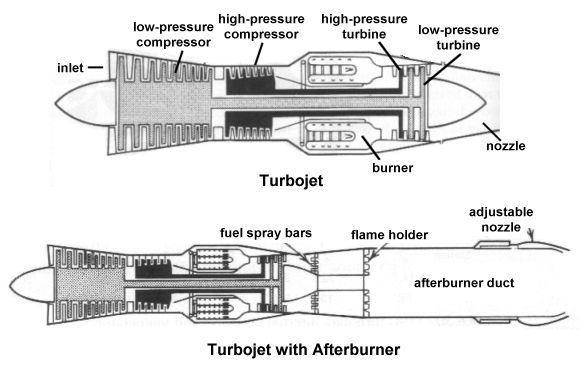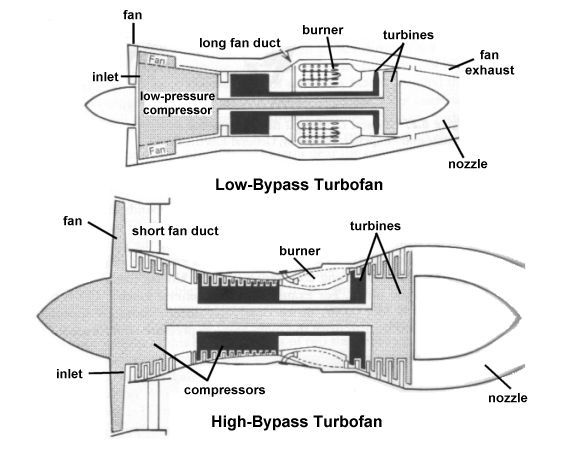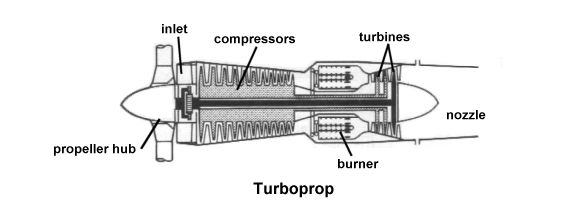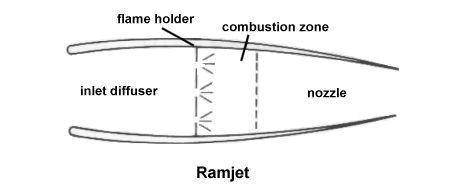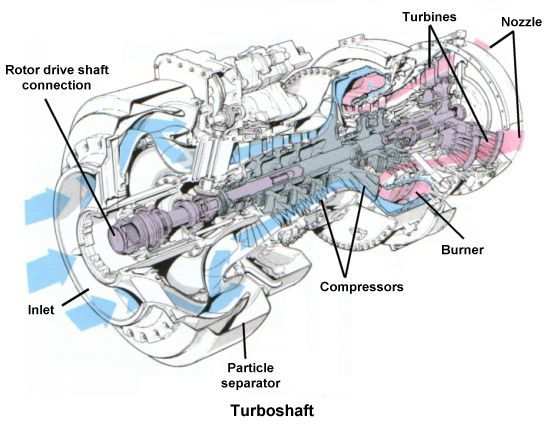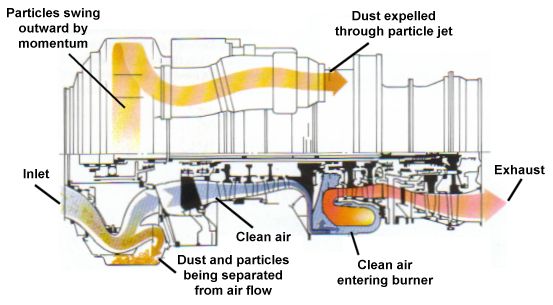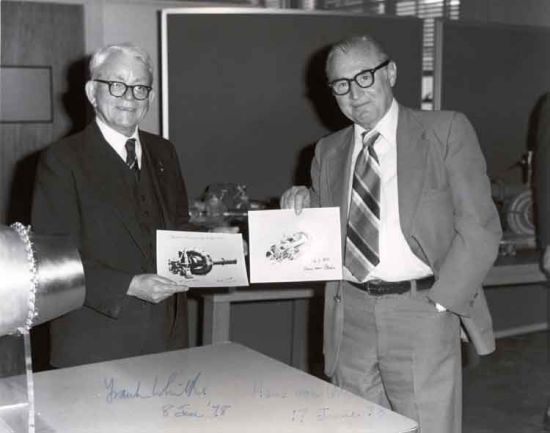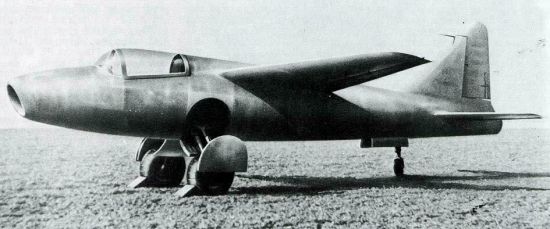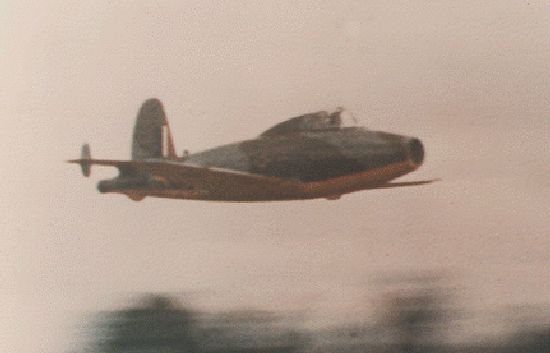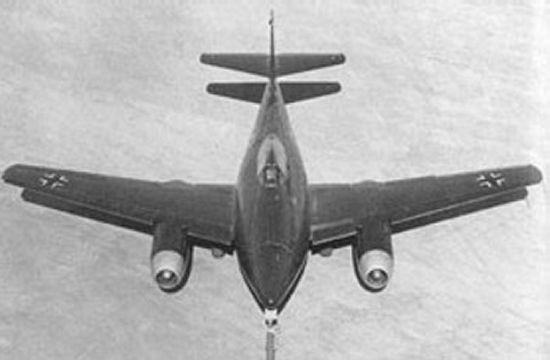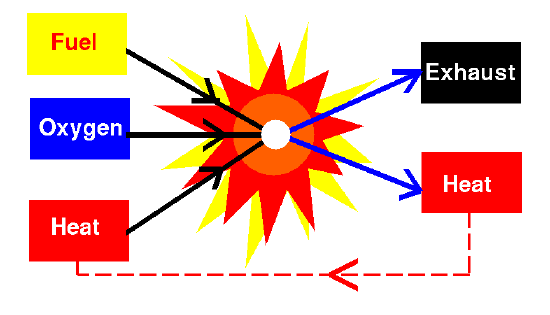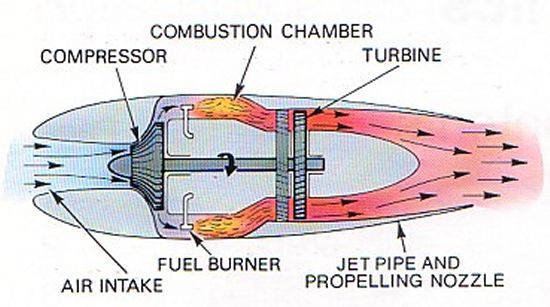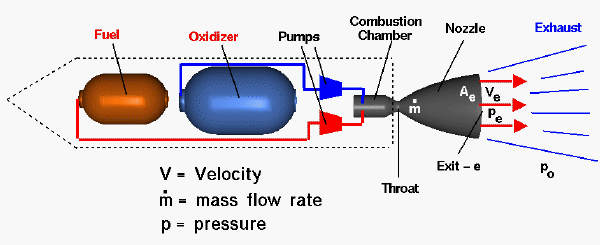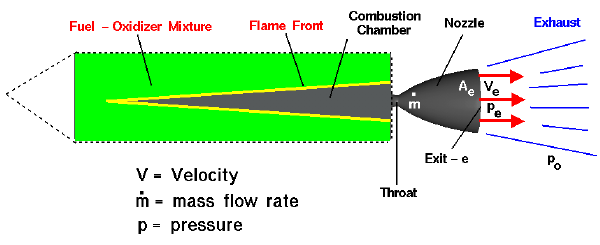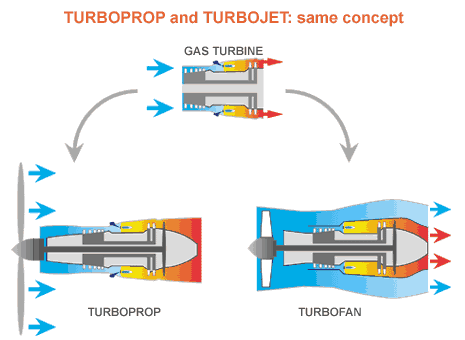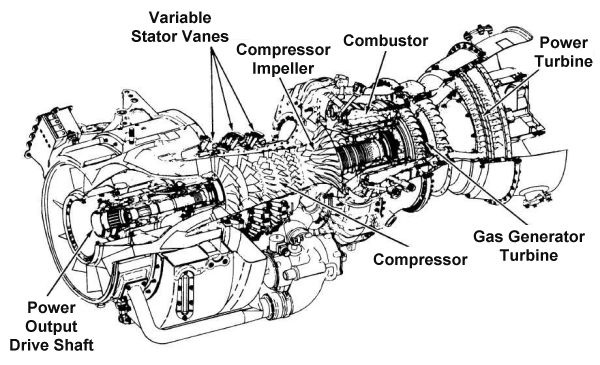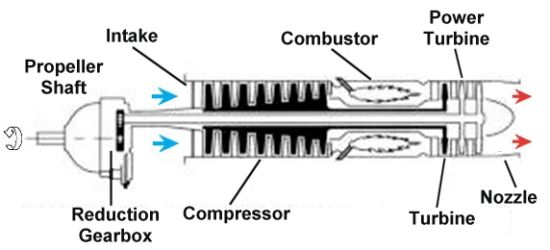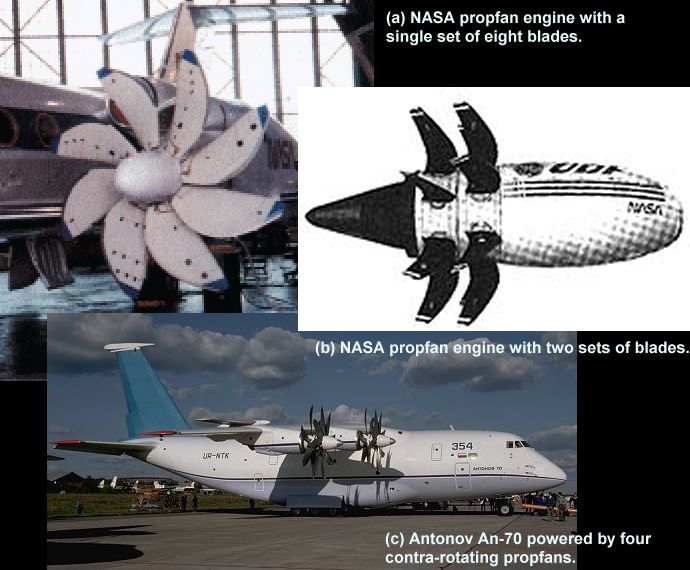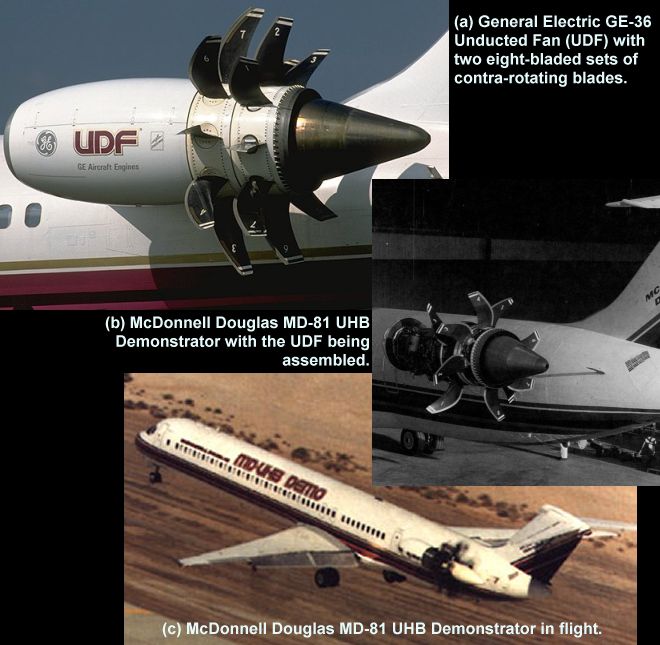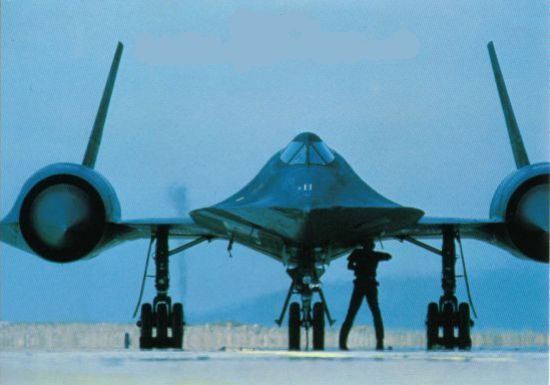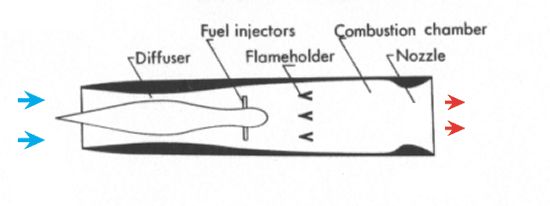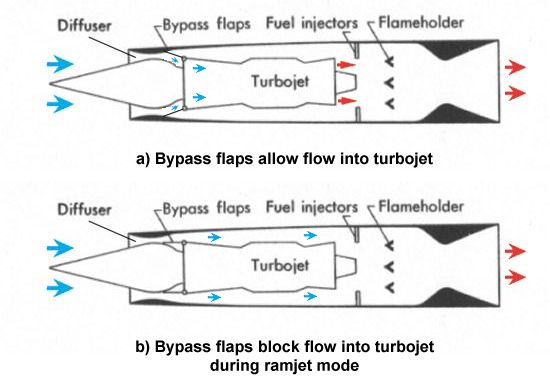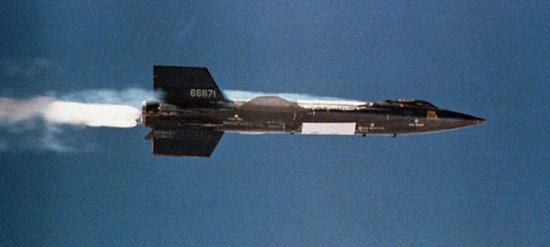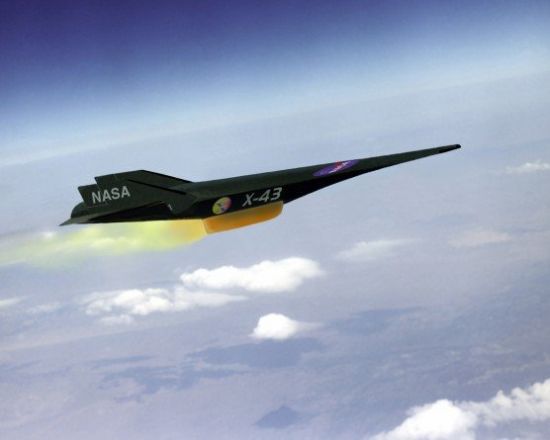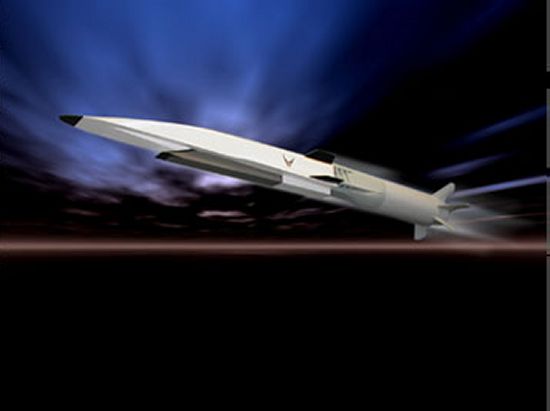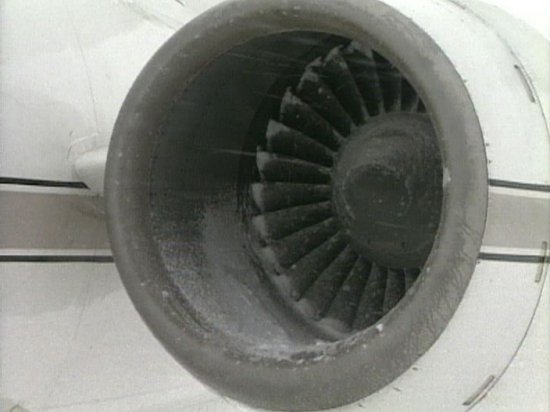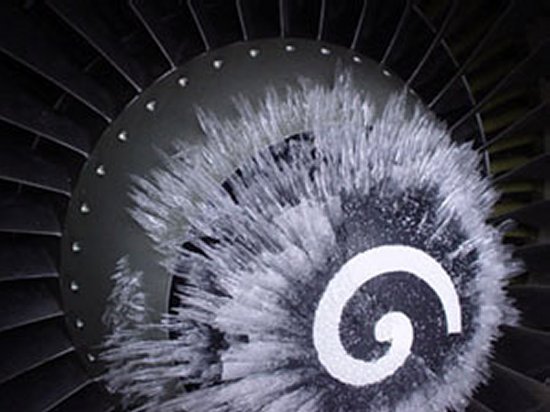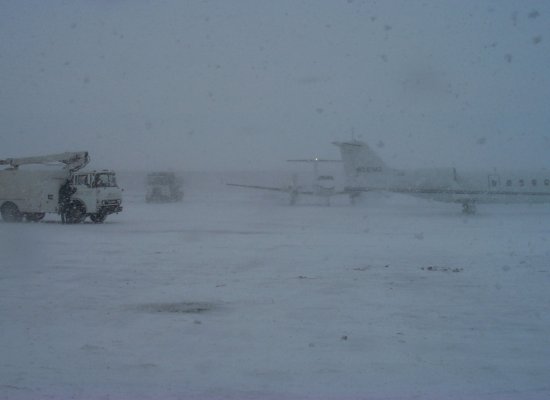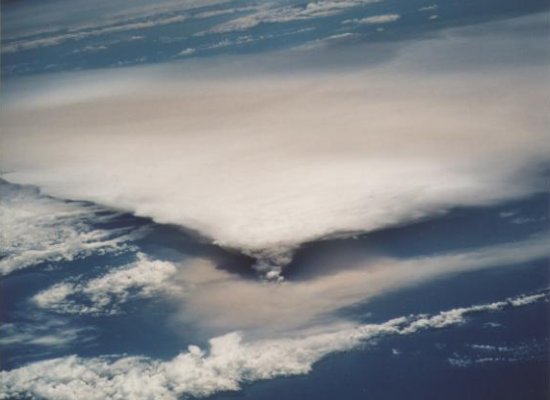مهدي كياني
کاربر فعال مهندسی هوافضا

Of the many honors received by both, the most significant honor was probably "The Charles Draper Prize" in 1992 which was given to both Hans von Ohain and Sir Frank Whittle for their efforts and contributions to aviation and mankind. "The Charles Draper Prize" is recognized as the equivalent to the Nobel Prize in technology.
Hans von Ohain

Died Melbourne, Florida 13 March, 1998
Hans von Ohain started development of the turbojet engine in the early 1930's while in the midst of his doctorial studies at Goettinger University in Germany. By 1935 he had developed a test engine(shown below, left with master mechanic Max Hahn) to demonstrate his ideas. He asked Ernst Heinkel, an aircraft manufacturer for support rather than approach the the German engine industry (they probably would not have been interested). Heinkel (shown below, right with Von Ohain standing) saw the promise in von Ohain's invention - a means to build the fastest airplane in the world. At the end of February 1937, the He S-1 turbojet engine with hydrogen fuel was tested and produced a thrust of 250 pounds at 10,000 rpm. Von Ohain reported: "The apparatus fully met expectations. It reached the anticipated performance, it handled well in acceleration and deceleration, probably because of the relatively small moment of inertia of the compressor and turbine rotor and the great stability of the hydrogen combustion over the wide operational range."

Max Hahn with test engine.

Heinkel (seated) and von Ohain toasting.

The He S-3 engine used to power the He-178 aircraft. So impressed with the engine tests, Heikel pressed for an accelerated flight engine program. Von Ohain's team began development on the He S-3 engine. One of the main technology hurdles they faced was the development of a liquid fuel combustor. This resulted in the engine shown to the left with a front combustor. Detailed design began in early 1938 on the test aircraft, the He-178 (shown below). In early 1939, both the engine and the airframe were completed, but the net thrust was below requirements. After several internal engine adjustments, the engine was ready. On August 27, 1939, Heinkel's test pilot, E. Warsitz, made the first successful flight of a jet power aircraft.

First jet aircraft, Heinkel He-178 powered by one He S-3 turbojet engine.

Hans von Ohain at age 25. Picture was taken in early 1937 after first run of hydrogen test engine.

Hans von Ohain in his 50's. Picture taken in 1960's.
Other Tributes to Hans von Ohain: 1 2 3
Sir Frank Whittle

Died Baltimore, MD August 9, 1996
Frank Whittle was a 22 year old Royal Air Force (RAF) officer when he first conceived of the use of a gas turbine engine to power an aircraft. In January of 1930, he filed for a patent which was granted in 1932 and published widely. However he received very little encouragement from the Air Ministry or industry. After receiving support from investment bankers, Powers Jets was established in 1936 and Whittle was assigned to the company on special military duty to work on the design and development of his jet engine.
The first real run of the first experimental engine (shown below) was in April of 1937. This engine has a centrifugal compressor and axial flow turbine. Whittle describes it as follows: "The experience was frightening. The starting procedure went as planned. By a system of hand signals from me the engine was accelerated to 2,000 rpm by the electric motor. I turned on a pilot fuel jet and ignited it with a hand turned magneto connected to a spark plug with extended electrodes; then I received a 'thumbs up' signal from a test fitter looking into the combustion chamber through a small quartz 'window.' When I started to open the fuel supply valve to the main burner (the fuel was diesel oil), immediately, with a rising scream, the engine began to accelerate out of control. I promptly shut the control valve, but the uncontrolled acceleration continued. Everyone around took to their heels except me. I was paralyzed with fright and remained rooted to the spot." The reason for the uncontrolled acceleration was that prior bleeding of fuel lines had created a pool of fuel in the combustor. "The ignition of this was the cause of the 'runaway.' A drain was quickly fitted to ensure that this could not happen again."

The original version of Whittle's first experimental engine first run in April of 1937.
During the next year, many development problems were solved and the experimental engine reconstructed several times. The resulting engine with ten combustion chambers (shown below, left) performed well enough to finally received support from the Air Ministry in 1939.

First experimental engine, after the second reconstruction in 1938.

Frank Whittle using a slide rule to perform calculations.

The W.1 turbojet engine used to power the Gloster E28/39 aircraft. It was designed to produce a static thrust of 1,240 lbs at 17,750 rpm. This engine was also the basis of the design of the General Electric I-14 turbojet engine used to power the Bell XP-59A twin engine experimental fighter. In June 1939, the Air Ministry was finally convinced of the merits of Whittle' invention. They then decided to have a flight engine built (the W.1) and have the Gloster Aircraft Company build an experimental airplane - the E28/39.
The aircraft was completed in March 1941 and the engine in May 1941. First flight of the E28/39 occured on the evening of May 15, 1941.
In recognition of his singular contributions, Frank Whittle was knighted by King George VI in 1948 and thus became Sir Frank Whittle.

The Gloster E28/39 aircraft powered by one W.1 turbojet engine. Some Other Tributes to Sir Frank Whittle: 1 2 3 First Production Jet Aircraft


Drawing of Jumo 004B turbojet engine showing air cooling system [thrust = 2000 lb, airflow = 46.6 lb/sec, pressure ratio = 3.14, turbine inlet temperature = 1427F, fuel consumption = 1.4 (lb/hr)/lb-thrust, engine weight = 1650 lb, diameter = 30 in, length = 152 in, efficiencies: 78% compressor, 95% combustor, 79.5% turbine].
[FONT=verdana, arial, helvetica] [/FONT]

































